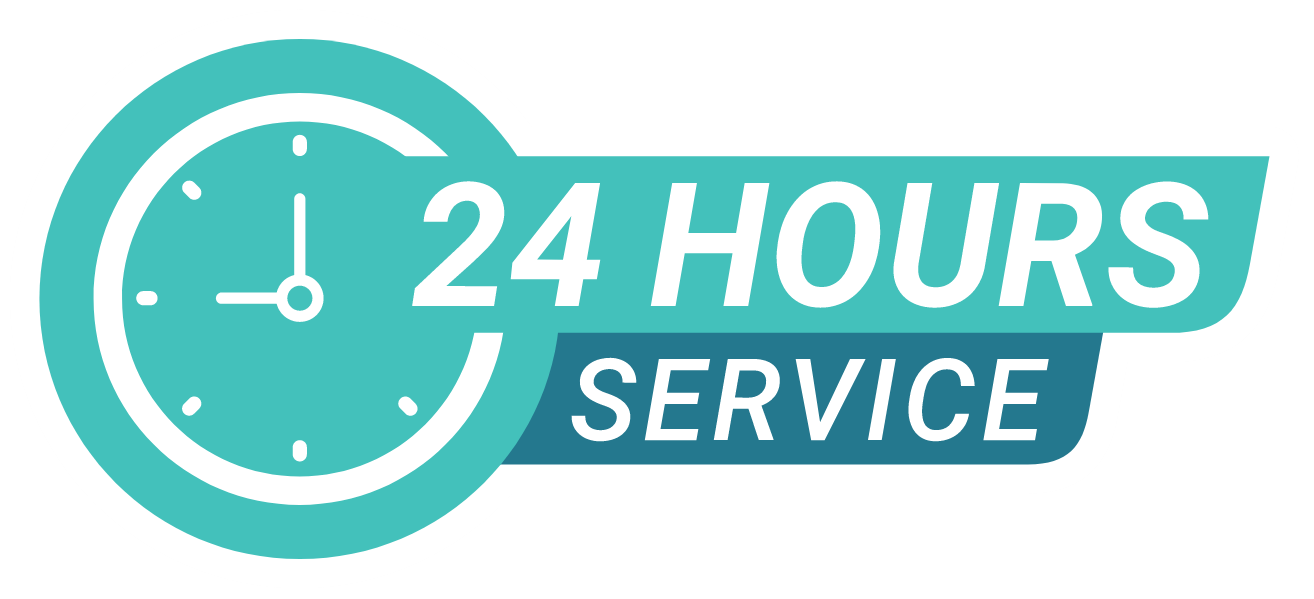MOLD FACTS & FICTION
What is mold?
Is mold dangerous?
What you didn’t know!
When to call in Mold Removal Experts.
MOLD IS...
Simply put, mold is a type of fungi like mushrooms and yeast. Mold grows best in damp, dark areas. Indoors mold is usually found in attics, basements, bathrooms and crawl spaces. Due to the moisture around them, mold can also be found due to leaky roofs, leaky windows, leaky pipes, or seasonal flooding.
DANGERS OF MOLD
Mold spreads by airborne spores which can be inhaled by anyone in the area – even pets! Some varieties of mold produce toxins that can cause a variety of health problems if inhaled! These dangerous toxins can cause a host of symptomatic affects ranging from a simple runny nose to serious illness and health complications:
Runny Nose • Headaches • Sore throats • Shortness of breath • Coughing • Sneezing • Irritated eyes • Asthma attacks • Asthma-like symptoms • Lung infections • Sinus infections • Rashes or hives • Fatigue • Depression • Depressed immune system • Aspergillosis • Blastomycosis • Histoplasmosis • Coccidioidomycosis • Yeast infection • And more!
Once you’ve killed mold, removal is optional.
FALSE
Mold allergens can become airborne even when mold is dead. Mold Remediation Experts like Tri State Restorations specialize in mold removal.
You can kill mold using household bleach.
TRUEish
It is unclear if bleach kills all kinds of mold on all surfaces. While better on nonporous surfaces, its effectiveness on porous surfaces like wood is questionable.
A little bit of mold doesn’t indicate a problem.
FALSE
A tiny dot of mold could indicate mold under tiles, behind walls, or worse. Use a certified mold inspector to determine the extent of your mold issue.
Mold can easily be identified by sight alone.
FALSE
Mold grows in hard to see locations. The only sure fire way to detect & identify mold and mold types is by professional inspections and the use of a microscope.
GET IN TOUCH
It never hurts to get expert sewage damage advice…
and we’d love to hear from you




